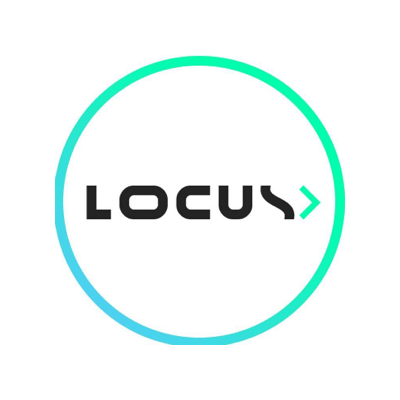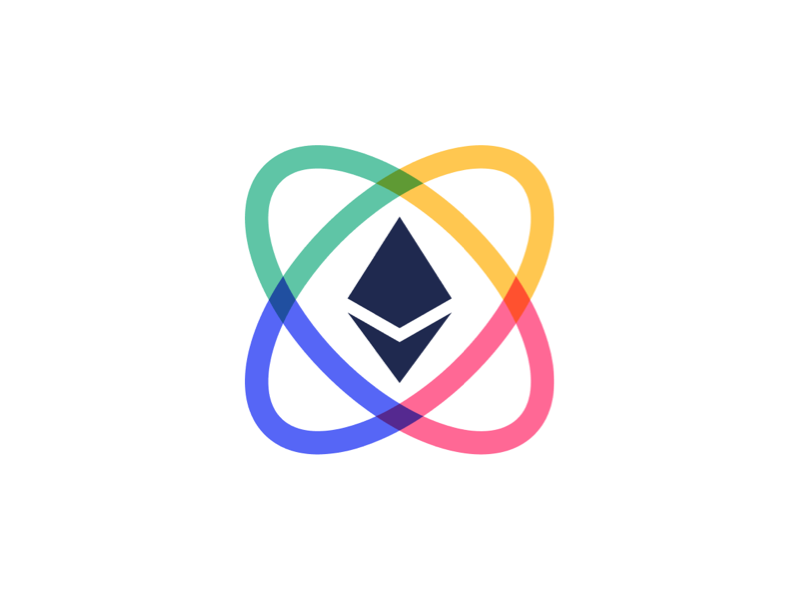
Biometrics classifier
Links
Share project
About Biometrics Classifier
The "Biometrics Classifier" is a decentralized application (DApp) resulting from a collaboration between Locus Software and Cartesi. This project is part of a broader initiative to bring Web2 concepts into the Web3 space using Cartesi Rollups technology. The main objective of this DApp is to provide a decentralized biometrics spoof detection system on the blockchain.
This innovative application combines machine learning, computer vision, and feature extraction techniques to perform biometric spoof detection. By processing all computations within the blockchain through the Cartesi API, the DApp offers a decentralized solution to authenticate and verify fingerprint data while simultaneously checking for spoofing attempts.
As a member of the series of DApps developed by Locus Custom Software and Cartesi, this application showcases the potential of merging traditional Web2 technologies with the emerging Web3 landscape. By leveraging the power of Cartesi Rollups, these DApps highlight the capabilities and benefits of implementing advanced computational concepts on the blockchain.
Technical Details
To accomplish its core functionality, the project utilizes C++ with OpenCV for extracting fingerprint features. Once the relevant features have been extracted, a Python program analyzes the data to determine the fingerprint's authenticity. This multi-faceted approach ensures that the system can accurately assess the legitimacy of a given fingerprint, going beyond simple verification of the fingerprint's owner.
The application generates a support vector machine (SVM) model using popular machine learning libraries such as scikit-learn, NumPy, and pandas. Following the model's creation, it is transpiled into native Python code using m2cgen (Model to Code Generator), effectively removing any dependencies. This method streamlines the development process and simplifies the final back-end code's execution. Additionally, it eliminates the need to port various machine learning libraries to the Cartesi Machine's RISC-V architecture, making the overall implementation more efficient and accessible.
One practical application is the categorization of fingerprint images as "Live" or "Fake." This binary classification process is achieved through a supervised learning approach. By providing the classifier with labeled inputs, the generated algorithm can predict the classification of new, unlabeled inputs.
The relevance of using Cartesi Rollups for biometrics verification lies in the need for a trustless, verifiable computation environment. Biometrics are used in various aspects of daily life, including smartphone authentication, access control systems, and identity verification for banking or government services. Ensuring the integrity and security of biometric data is essential, and Cartesi Rollups provide a scalable, decentralized solution that maintains trust and transparency.
The workflow of this DApp is designed to provide a clear, step-by-step process for classifying fingerprints using cutting-edge technology. By combining C++ OpenCV and Python, along with the Cartesi API, the application offers a powerful and versatile solution for biometric classification. Furthermore, the project serves as an example of how advanced computational concepts can be integrated into blockchain-based applications.
In conclusion, the Biometrics Classifier represents a significant advancement in the field of decentralized biometrics verification. By incorporating machine learning, computer vision, and feature extraction techniques, it can accurately classify fingerprints as genuine or spoofed. The partnership between Locus Software and Cartesi demonstrates the potential of combining traditional Web2 concepts with emerging Web3 technology, paving the way for a new era of blockchain-based applications with advanced computational capabilities.


